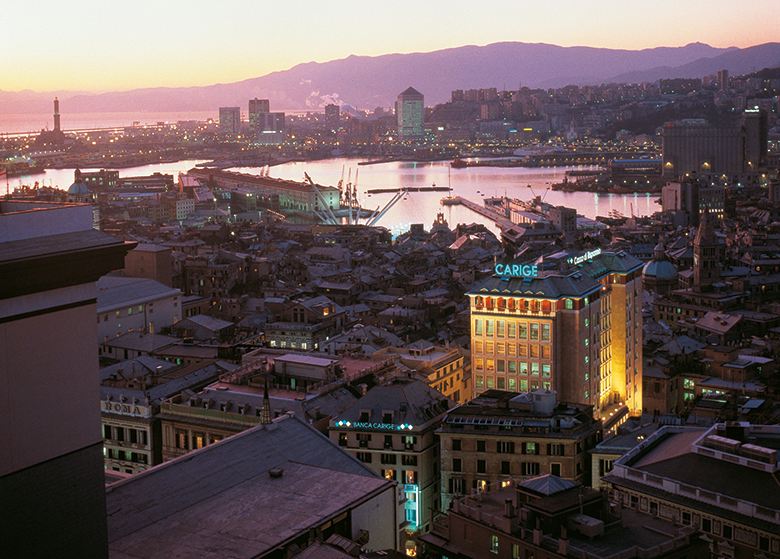When the European Central Bank (ECB) rejected Banca Carige’s capital conservation plan in August, its demand that the Ligurian lender must come up with a new one by the end of November was always going to be a tall order.
Carige had been trying to get a tier-2 issue off the ground all year and the recent volatility in Italian sovereign and corporate spreads wasn’t doing anything to help.
The question wasn’t really ever whether the bank would find external support to help it meet the ECB deadline, but how it was going to do it.
Some Italian banks have quickly established a reputation for gaming the EU’s resolution rules, most notably in the rescue of Veneto Banca and Banca Popolare di Vicenza last year.
FITD answer
So, when the announcement was made last month that the board of Italy’s interbank deposit guarantee fund (FITD) had agreed to support Carige’s issue of a bond worth up to €400 million, the market had its answer. The FITD is funded by the country’s largest banks on a voluntary basis.
The way the scheme works is that FITD has committed to buy €320 million of a new tier-2 bond issue, all of which will convert to equity in March. That doesn’t sound like much of a deal, but to the banks that fund the FITD, it is better than the alternative: another insolvency.
Banca Carige still has assets of €25 billion, so its collapse would risk serious contagion across Italy’s fragile banking sector. In funding this tier-2 issue, some of the country’s other banks are saving themselves as much as the Genoan lender.
However, the FITD is not allowed to own more than 50% of the market cap of any bank, so this is a one-time solution.
Carige has pledged to cut its bad-debt pile, which stood at €4.8 billion in December – or 27% of loans outstanding. It is understood to have sold a portfolio of €366 million unlikely-to-pay loans to Bain Capital Credit in November and has a long-planned €1 billion securitization under Italy’s GACS scheme in the works.
Even if the latter closes, however, the bank’s bad-debt ratio will still be 21.7%. It needs to find a buyer, and fast. By leaning on other domestic banks it has delayed, but not solved, its capitalization crisis.
There are only so many ways that the state-aid rules can be got around, even in Italy.


 Signal2forex.com - Best Forex robots and signals
Signal2forex.com - Best Forex robots and signals




